Consider the following SN2j reactions
I. RX+Y−→R−Y+X−
II. RX+Y−→R−Y++X−
III. RX++Y−→R−Y+X
IV. RX++Y→R−Y++X
In which reactions there is large increase and large decrease in rate of reaction respectively with increase in polarity of the solvent.
II and III
II and IV
I and IV
IV and I
The correct Answer is:A
To solve the problem, we need to analyze the given reactions in terms of how the polarity of the solvent affects the rate of reaction.
1. Understanding the Reactions:
- We have four reactions involving a haloalkane (RX) and a nucleophile (Y^(-) or Y) that can either be negatively charged or neutral.
- The reactions can be classified based on the charge of the reactants and products.
2. Identifying the Nature of the Reactions:
- Reaction I: RX+Y−→R−Y+X−
- Here, both reactants and products are neutral and negatively charged. The transition state is likely stable.
- Reaction II: RX+Y−→R−Y++X−
- This reaction goes from a neutral state to a positively charged product, indicating a transition from unstable to stable.
- Reaction III: RX++Y−→R−Y+X
- The reactant is positively charged and the product is neutral. This suggests a transition from stable to unstable.
- Reaction IV: RX++Y→R−Y++X
- Similar to Reaction III, it starts from a positively charged reactant and ends with a positively charged product, indicating a transition from stable to unstable.
3. Effect of Solvent Polarity:
- In polar solvents, reactions that stabilize charged transition states will see an increase in reaction rates.
- Conversely, reactions that destabilize charged transition states will see a decrease in reaction rates.
4. Analyzing Each Reaction:
- Reaction I: No significant change in charge, so negligible effect on rate.
- Reaction II: Increase in polarity stabilizes the positively charged product (R-Y^(+)), leading to a large increase in rate.
- Reaction III: The positive charge on RX^(+) is destabilized in a polar solvent, leading to a large decrease in rate.
- Reaction IV: Similar to III, the positive charge is destabilized, leading to a large decrease in rate.
5. Conclusion:
- The reaction with a large increase in rate due to increased solvent polarity is Reaction II.
- The reactions with a large decrease in rate due to increased solvent polarity are Reactions III and IV.
Final Answer:
- Large increase in rate: Reaction II
- Large decrease in rate: Reactions III and IV
- We have four reactions involving a haloalkane (RX) and a nucleophile (Y^(-) or Y) that can either be negatively charged or neutral.
- The reactions can be classified based on the charge of the reactants and products.
- Reaction I: RX+Y−→R−Y+X−
- Here, both reactants and products are neutral and negatively charged. The transition state is likely stable.
- Reaction II: RX+Y−→R−Y++X−
- This reaction goes from a neutral state to a positively charged product, indicating a transition from unstable to stable.
- Reaction III: RX++Y−→R−Y+X
- The reactant is positively charged and the product is neutral. This suggests a transition from stable to unstable.
- Reaction IV: RX++Y→R−Y++X
- Similar to Reaction III, it starts from a positively charged reactant and ends with a positively charged product, indicating a transition from stable to unstable.
- In polar solvents, reactions that stabilize charged transition states will see an increase in reaction rates.
- Conversely, reactions that destabilize charged transition states will see a decrease in reaction rates.
- Reaction I: No significant change in charge, so negligible effect on rate.
- Reaction II: Increase in polarity stabilizes the positively charged product (R-Y^(+)), leading to a large increase in rate.
- Reaction III: The positive charge on RX^(+) is destabilized in a polar solvent, leading to a large decrease in rate.
- Reaction IV: Similar to III, the positive charge is destabilized, leading to a large decrease in rate.
- The reaction with a large increase in rate due to increased solvent polarity is Reaction II.
- The reactions with a large decrease in rate due to increased solvent polarity are Reactions III and IV.
- Large increase in rate: Reaction II
- Large decrease in rate: Reactions III and IV
Topper's Solved these Questions
- BOOK - NCERT FINGERTPS ENGLISHCHAPTER - HALOALKANES AND HALOARENESEXERCISE - Exemplar problems24videos
HALOALKANES AND HALOARENES
- BOOK - NCERT FINGERTPS ENGLISHCHAPTER - HALOALKANES AND HALOARENESEXERCISE - Assertion and reason15videos
HALOALKANES AND HALOARENES
- BOOK - NCERT FINGERTPS ENGLISHCHAPTER - HALOALKANES AND HALOARENESEXERCISE - Chemical reactions68videos
HALOALKANES AND HALOARENES
- BOOK - NCERT FINGERTPS ENGLISHCHAPTER - GENERAL PRINCIPLES AND PROCESSES OF ISOLATION OF ELEMENTSEXERCISE - Assertion And Reason15videos
GENERAL PRINCIPLES AND PROCESSES OF ISOLATION OF ELEMENTS
- BOOK - NCERT FINGERTPS ENGLISHCHAPTER - POLYMERS EXERCISE - NCERT Exemplar9videos
POLYMERS
Similar Questions

X and Y in the reaction areView SolutionConsider the following reaction X and Y respectively are
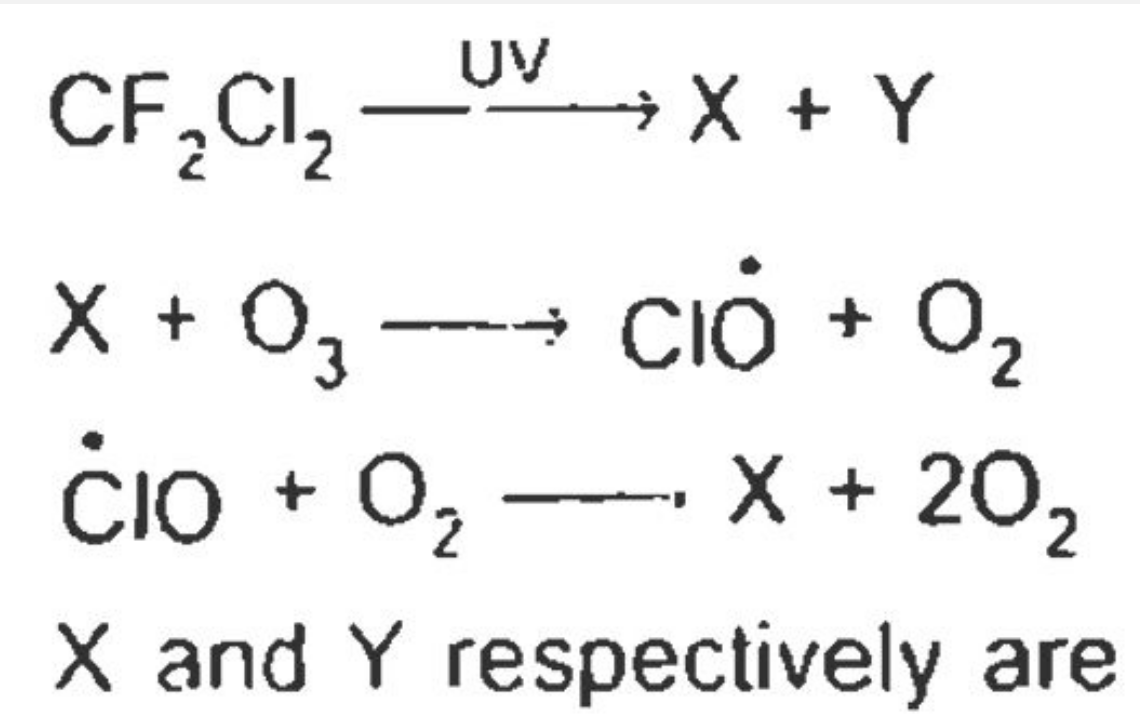 View Solution
View Solution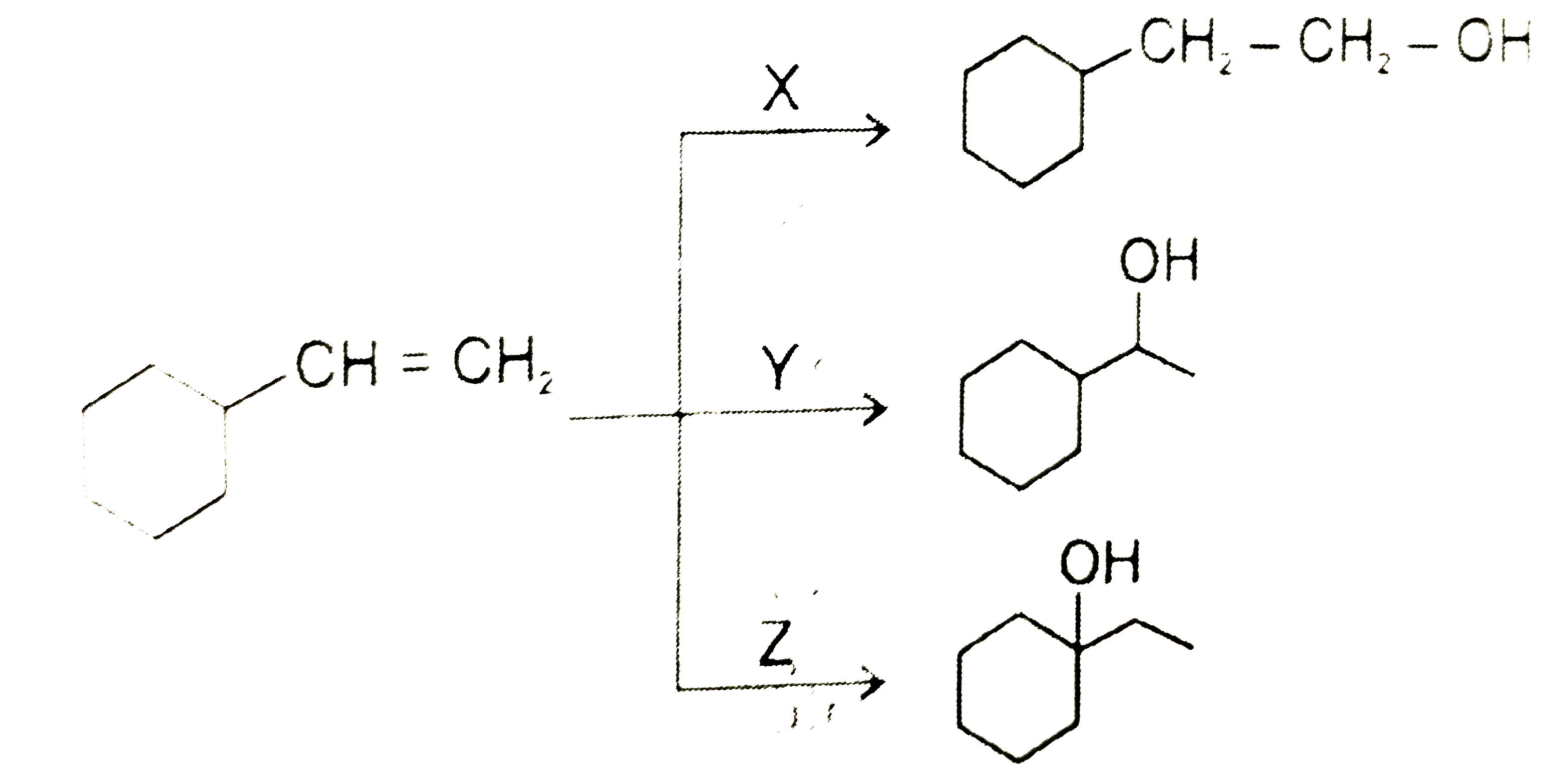
X,Y and Z reaction are :View SolutionConsider the following reaction
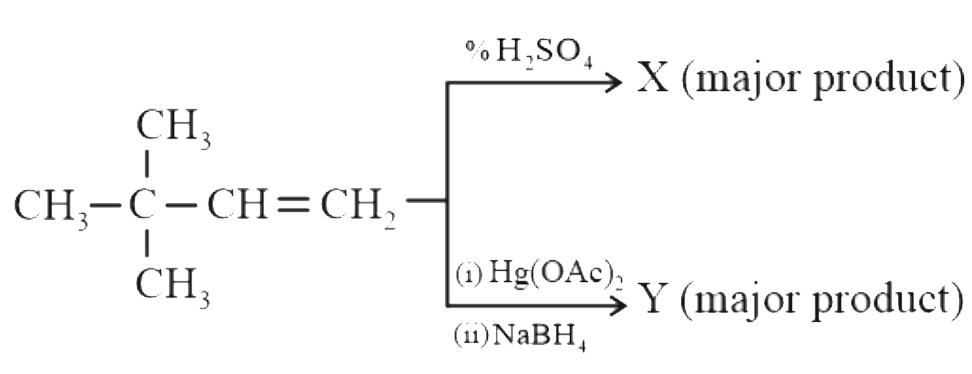
[X] and [Y] respectively beView SolutionIn this given reactions,
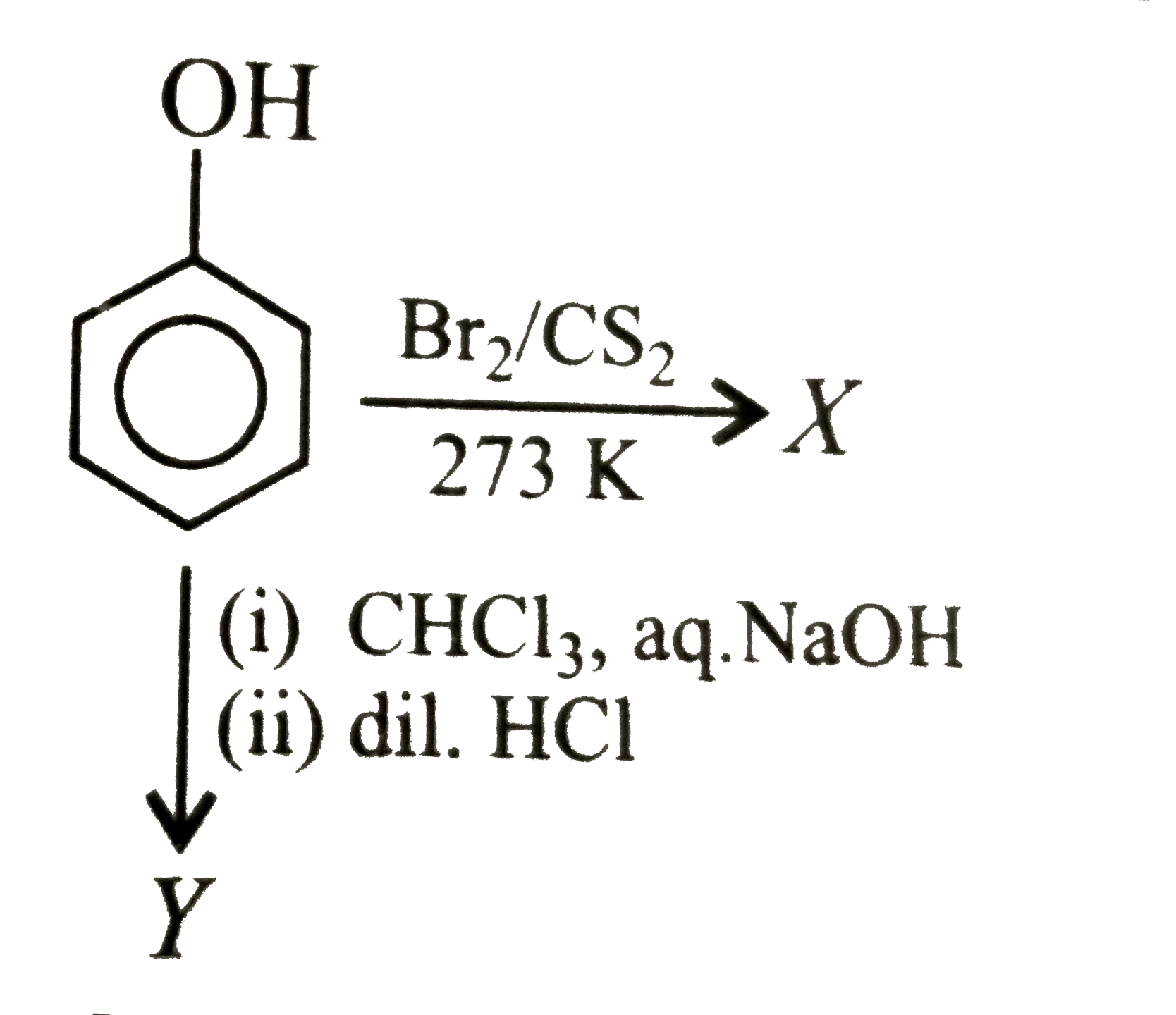
X and Y are respectivelyView SolutionIn the following reaction X,Y and Z are respectively :
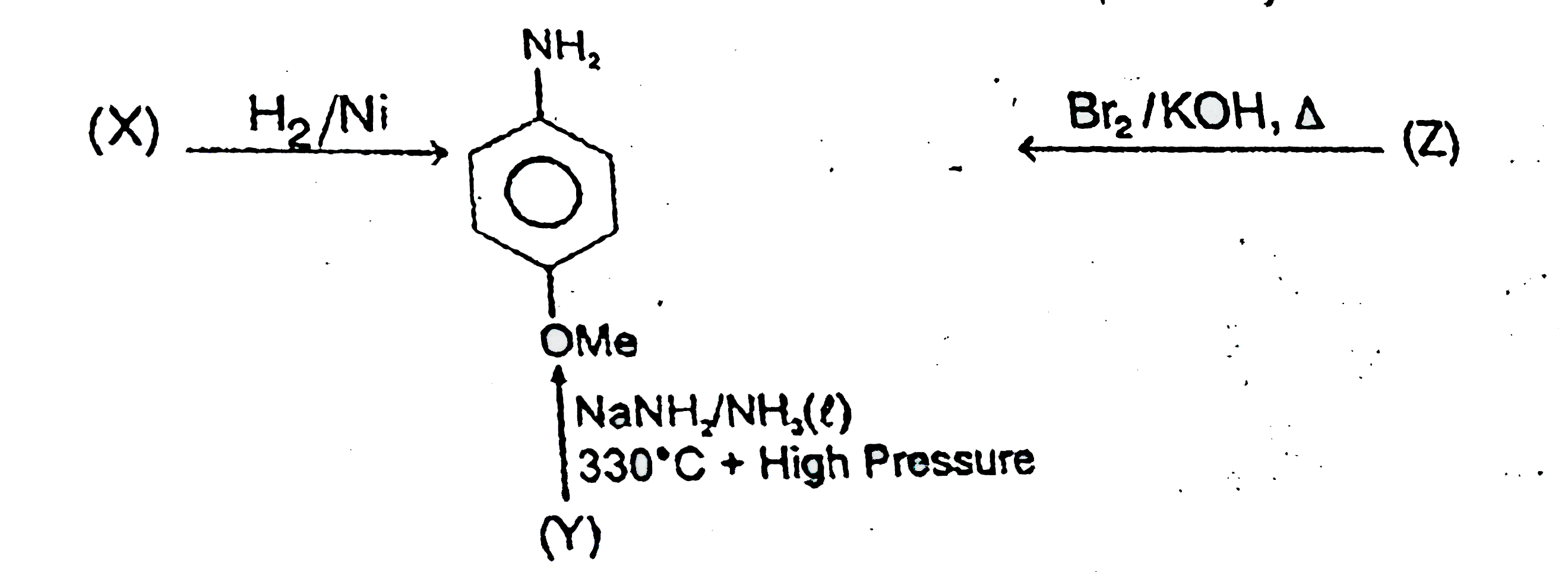 View Solution
View SolutionIdentify the X and Y in the following reaction.
 , View Solution
, View SolutionIdentify the X and Y in the following reaction.
 View Solution
View SolutionIdentify X and Y in the reaction:
 View Solution
View SolutionObserve the following reactions (I)to (IV) and answer questions

X and Y areView Solution

